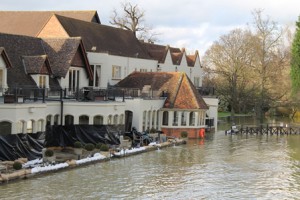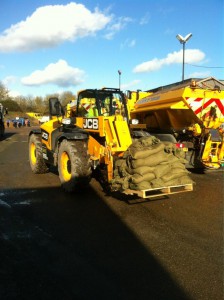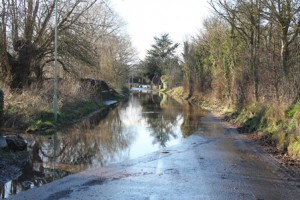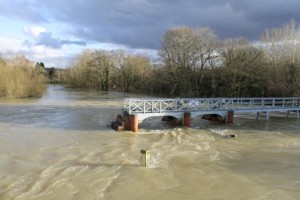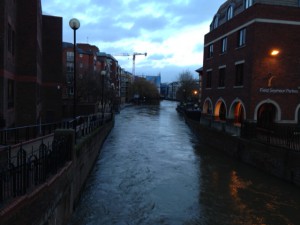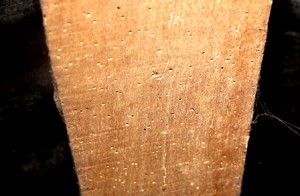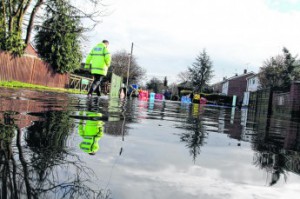 RMA Surveyors Ltd have visited many properties over the last few months to assess flood water damage and work with home owners to reinstate their property.
RMA Surveyors Ltd have visited many properties over the last few months to assess flood water damage and work with home owners to reinstate their property.
About 6,500 homes have been flooded in the UK since December, according to this interesting BBC article, which takes a look at what happens after the flood water recedes.
If you are concerned about any damage to your property, then enlist the services of a Chartered Building Surveyor.
The reinstatement process can be long and involved. Many factors can come into play that delay or frustrate the process, particularly where there are so many claims being processed concurrently.
In our experience it is better to have an experienced Chartered Building Surveyor appointed to steer you through this lengthy and sometimes frustrating process.
If you need the assistance of a qualified and experienced Chartered Building Surveyor please call on 01635 579 208 or contact us via our contact page.
For further information read Five Steps to Flood Reinstatement.
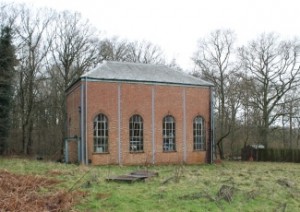
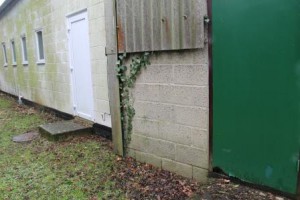
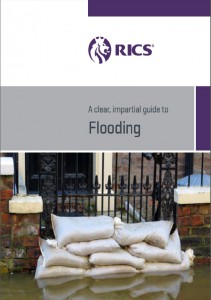 The Royal Institution of Chartered Surveyors has issued helpful advice in the wake of the recent flooding throughout the UK.
The Royal Institution of Chartered Surveyors has issued helpful advice in the wake of the recent flooding throughout the UK. 